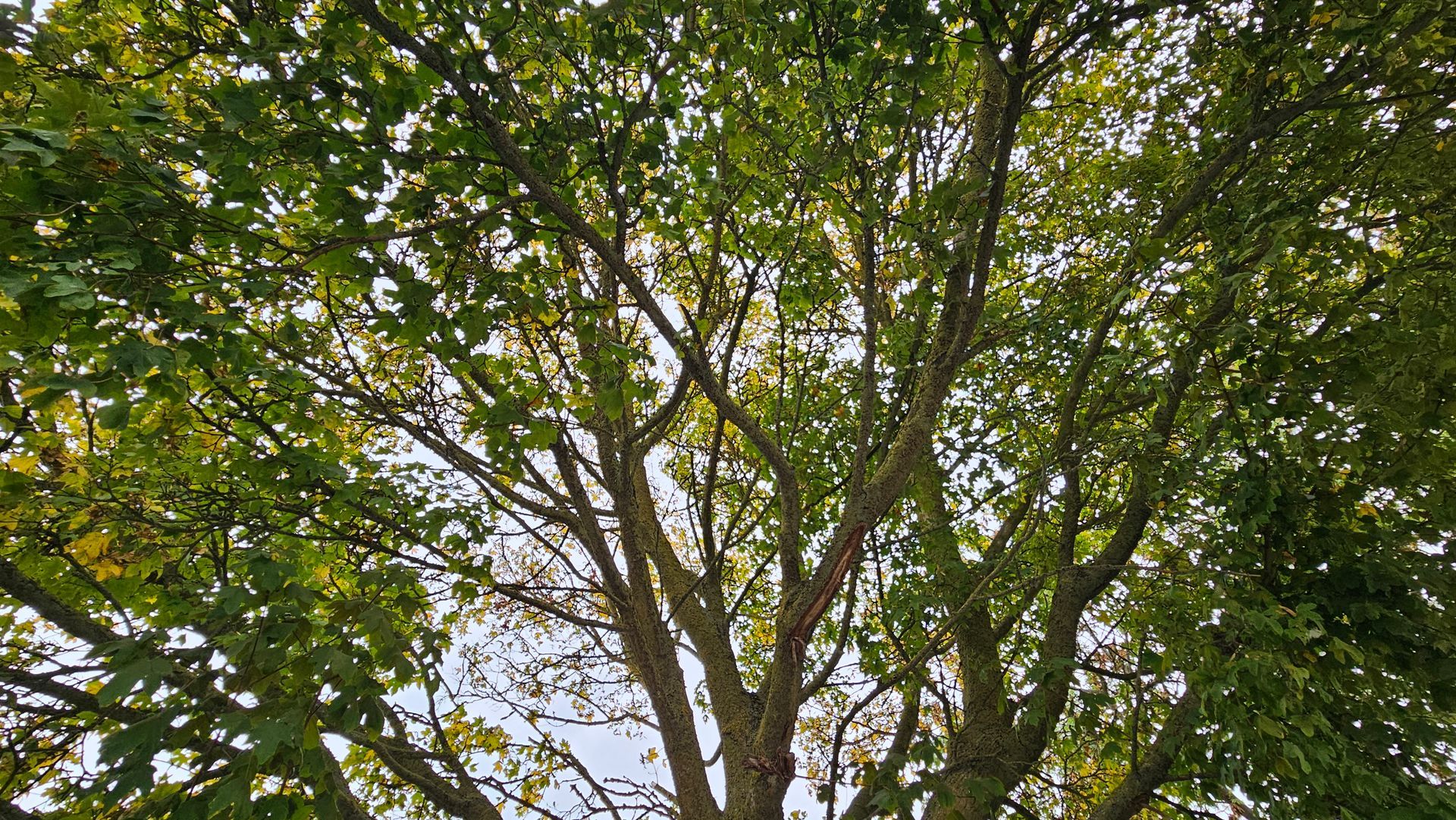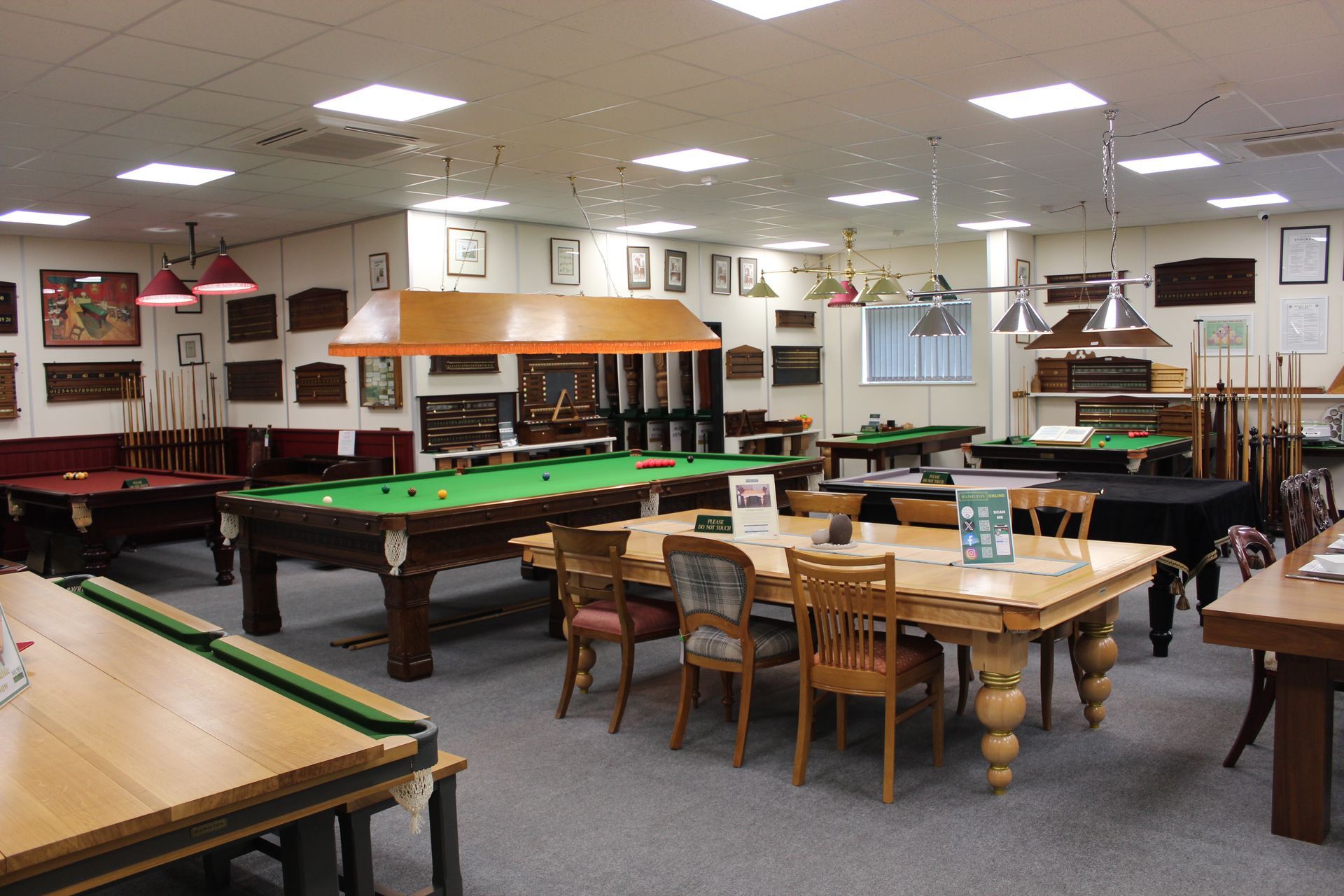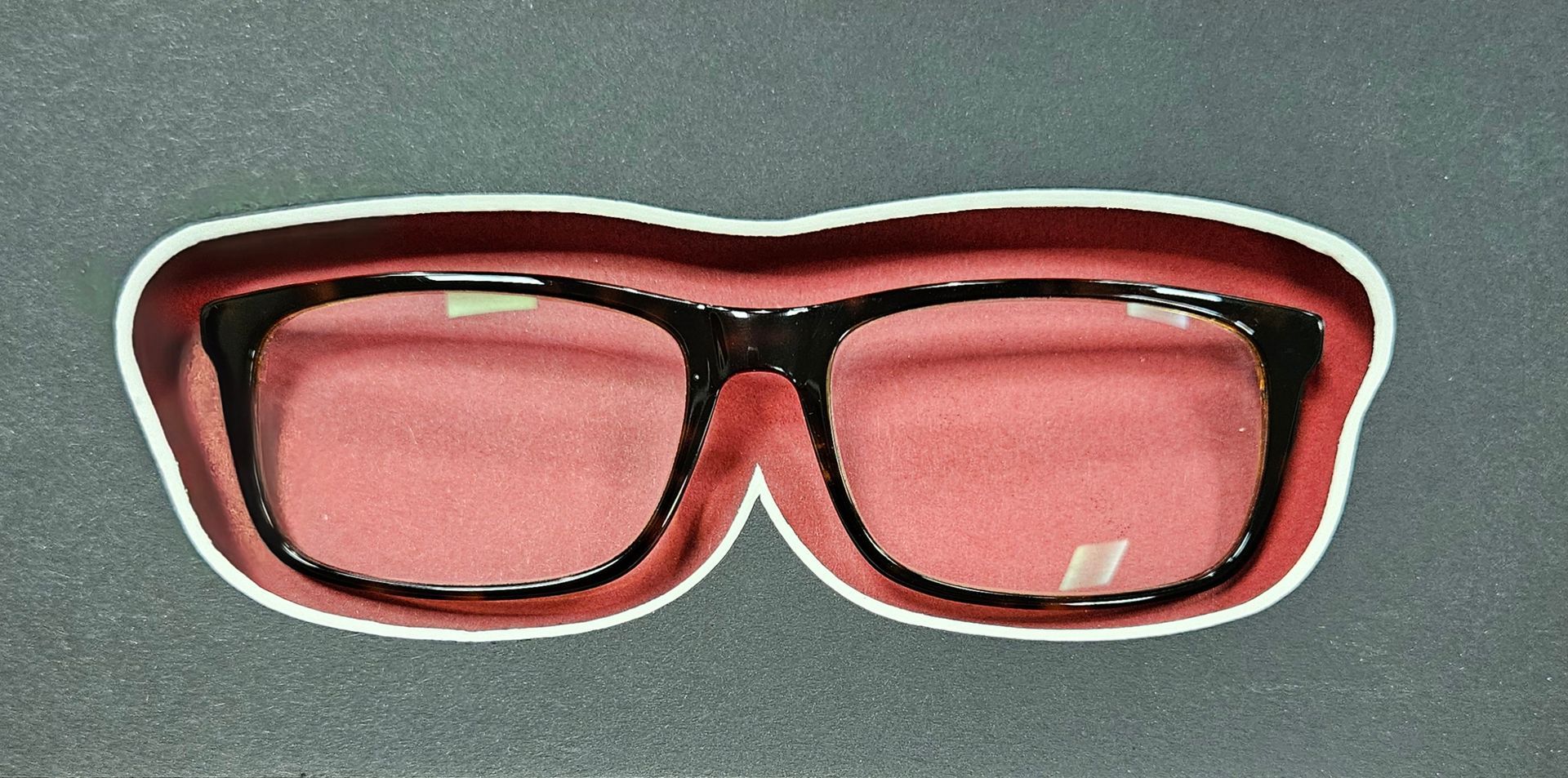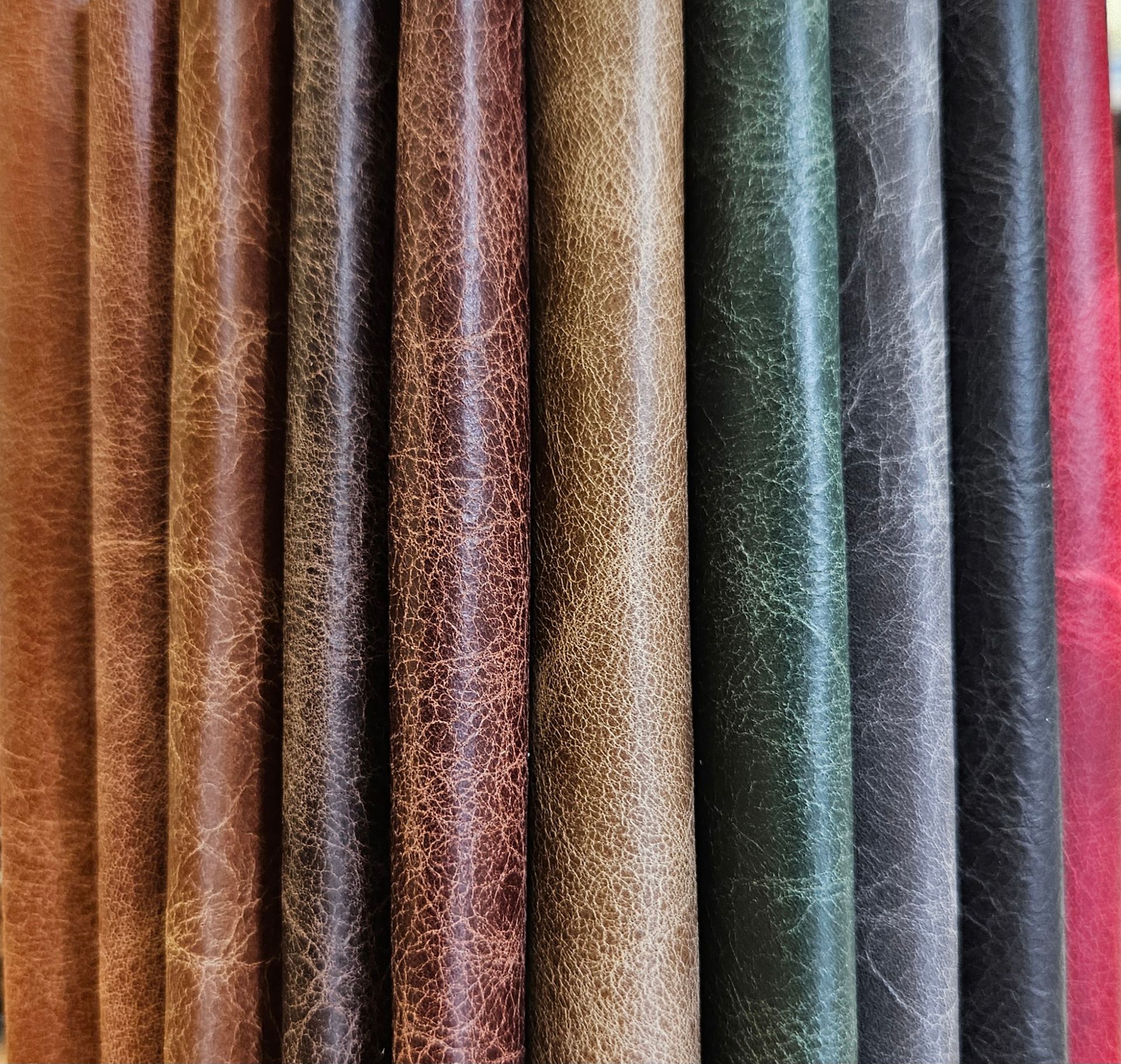Battling Woodworm Infestation: Effective Furniture Restoration and Treatment
Wooden furniture holds a timeless charm that can grace any living space with elegance and warmth. However, as time passes, even the sturdiest pieces can fall prey to woodworm infestations, posing a threat to their structural integrity and aesthetic appeal. In this blog, we'll delve into the world of furniture woodworm, exploring its causes, signs, and most importantly, effective treatment methods to restore your cherished pieces to their former glory.
Understanding Woodworm Infestation
Woodworm is a collective term used to describe the larvae of wood-boring insects, primarily beetles, that feed on wood fibres. These larvae burrow through the wood, leaving a network of tunnels that can significantly weaken its structure over time. Common culprits include the Common Furniture Beetle (Anobium punctatum), Deathwatch Beetle (Xestobium rufovillosum), and Powderpost Beetle (Lyctus spp.).
Recognizing the Signs
Small Holes: Keep an eye out for tiny holes, usually 1-2mm in diameter, on the surface of your wooden furniture. These are exit holes created by mature wood-boring beetles as they emerge from the wood.
Fine Dust (Frass): Beneath or around these exit holes, you might find fine powdery dust, which is actually a mix of wood fibres and insect excrement. This frass is a clear indication of an ongoing woodworm infestation.
Weak or Crumbling Wood: If your furniture feels weakened, has visible tunnels, or crumbles easily, it's a strong indication that woodworm larvae have been active within.
Effective Treatment
Assessment by Professionals: If you suspect a woodworm infestation, the first step is to call in professional furniture restorers or pest control experts. They can accurately assess the extent of the damage and recommend an appropriate course of action.
Isolation: Isolate the infested piece from other furniture to prevent the infestation from spreading further.
Chemical Treatment: Treatments involve applying specialized woodworm-killing chemicals to the affected areas.
Wood Replacement: In severe cases, where the infestation has caused irreversible damage, affected parts of the furniture might need to be replaced with new wood.
Preventive Measures: Once the infestation is dealt with, take preventive measures such as maintaining a controlled humidity level, avoiding contact with damp walls, and applying appropriate wood treatments to deter future infestations.
A woodworm infestation might seem like a daunting challenge, but with the right knowledge and professional assistance, your treasured wooden furniture can be restored to its former glory. Early detection, swift action, and adherence to effective treatment methods are the key to ensuring that your furniture remains a symbol of enduring beauty and craftsmanship for generations to come. Don't let these tiny invaders undermine the value of your furniture – take the steps to fight back and preserve its legacy.




